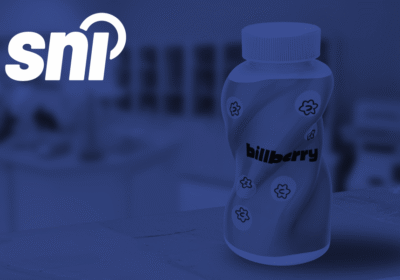In 2012, Health Canada published voluntary targets for reducing sodium in processed food by the end of 2016. The targets were developed through consultation with the food industry, health sector and research experts.
Now, in an announcement made on Wednesday, the Food and Drug Administration is urging both restaurants and food manufacturers to decrease sodium levels in dozens of foods including (but not limited to) cereals, potato chips, and condiments. This is intended to lower the amount of sodium that the American people eat on a day to day basis as well. A huge majority of the sodium consumers get generally comes from both restaurant foods, as well as prepackaged foods (not including the salt that added to these dishes), making it especially hard to manage salt intake.
Over the span of 2.5 years, the FDA has made it a goal to cut consumers average intake of sodium by 12%, from 3,400 milligrams down to 3,000 per day.
This is still over the daily recommended amount for sodium, which is 2,300 milligrams per day for those aged 14 and older. This is equal to one teaspoon per day!
Excess sodium intake is strongly linked to high blood pressure, and approximately 25% of Canadians aged 20 years and older have been diagnosed with high blood pressure.
In 2017, Health Canada evaluated the food industry's efforts to meet the sodium reduction targets.
Only 14% of food categories in the industry met the targeted reduction.
In total, 48% did not make any meaningful progress toward sodium reduction; in fact, among this 48%, the sodium levels in several categories actually increased.
In terms of the products on the market with the most sodium, less than one-third of them lowered sodium content to levels similar to other foods in the same category.
Ultimately in most food categories, manufacturers did not do enough to reduce sodium amounts on foods being sold to Canadians--which emphasizes the need for education!

Why the Resistance from the Industry?
There has been debate from health experts over whether salt is dangerous habit, or purely an essential nutrient. This war on salt began back in 1977, when a nutrition report from the U.S. government claimed that fat, sugar and salt were threatening the health of the public. At this time, the daily recommended amount was half of what it is now, at only half a teaspoon. Despite the evidence not being concrete, salt was blamed for all sorts of health issues, such as heart attacks, strokes and high blood pressure.
It has been now proven, however, that limiting certain types of nutrients like sodium in our diets does play a very important role in preventing a variety of diseases, such as hypertension and cardiovascular disease. These types of diseases often result in hundreds of thousands of deaths, as well as billions of dollars in health care costs annually. The current ongoing COVID pandemic has also amplified these health issues and highlights the need for improved nutrition, because people with diseases such as cardiovascular disease are at a greater risk for severe COVID symptoms as opposed to someone without the disease.
Research is showing that the average American consumes 50% more sodium than recommended, with 95% of children aged 2-13 consuming more than the recommended amount of sodium for their age group. About 80% of Canadians consume more than 2300 milligrams of sodium each day. Despite most consumers being on board with the idea of reducing sodium consumption, the majority of sodium that the average person consumes (roughly 70%) is from prepackaged food, as well as restaurant foods, which makes it incredibly challenging at times for consumers to limit salt in their diets. Implementing change across the overall food supply would make it so much easier to limit sodium intake, without even having to change dramatically our behaviours.
Since 2010, Health Canada has taken several actions in an attempt to help reduce Canadians' sodium intake. In the area of education and awareness, Health Canada partnered with the food industry to develop the Nutrition Facts Education Campaign with the intention of helping Canadians make more informed food choices using the Nutrition Facts table.
The FDA has officially announced that they are also committed to doing their part to make sure consumers have access to a healthier food supply, and promote healthier habits.
Here are some ways we can reduce our daily intake of sodium today, according to the FDA and Mayo Clinic.
- Consuming naturally low sodium foods, such as fresh fruit and vegetables
- Purchasing fresh meat rather than meats such as lunch meat, hot dogs, bacon, ham, and sausage.
- Add salt-free seasonings to add extra flavours to your meals, such as herbs and spices.
- Avoid products that contain more than 200 mg of sodium per serving.
- Rinse canned food such as beans, veggies and tuna to remove some extra sodium.
- Swap out some of your favorite snacks with lower sodium options. For example, try swapping chips and pretzels with veggies, or unsalted nuts. Swap out bottled dressings with oil and vinegar for your salads. Condiments can include a ton of salt that may go unnoticed!
- Prepare your own food own food rather than relying on foods from a restaurant, or foods that are prepackaged.

Lower sodium foods can still contain a significant amount of sodium. To learn more about what to look out for on food labels, take a look at this guide for consumers provided by the FDA. Or, browse these services, tools and information on ways to reduce intake of sodium on the foods you eat from Health Canada.




